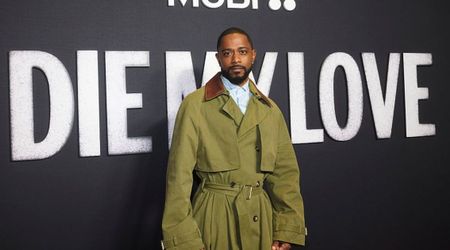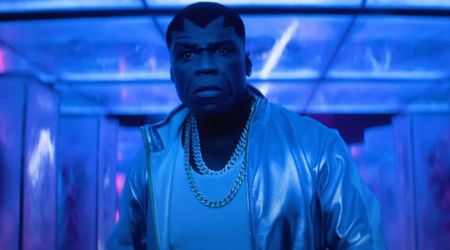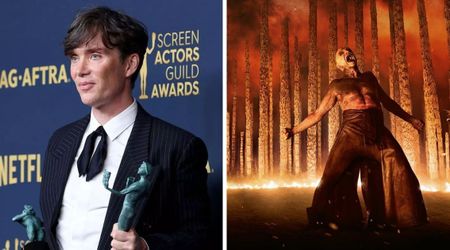'The Art of Political Murder': Who was Bishop Juan Gerardi? Guatemalan priest was killed for exposing genocide

In April 1998, Guatemala's Bishop Jose Juan Gerardi Conedera was attacked in his garage and beaten to death -- just two days after he announced a report, 'Guatemala: Never Again', that detailed the atrocities of the army during the Guatemalan civil war, comprised of testimonies from communities that were ravaged by army massacres, aerial bombardment, kidnappings, rapes, torture, secret detentions, and public executions. Bishop Gerardi was so disfigured by the attack that he could only be identified by his ring.
Three army officers – Colonel Byron Disrael Lima Estrada and Captain Byron Lima Oliva (who were father and son), and José Obdulio Villanueva – were convicted of Gerardi's murder in 2001 and sentenced to 30-year prison terms. However, the investigation that followed his murder was often murky. Too many officers were given access to the crime scene, contaminating evidence. When a special team was set up to investigate his murder, the members and their families received death threats. The immediate aftermath of Bishop Gerardi's murder -- the murder investigation -- is the subject of HBO's latest documentary, 'The Art of Political Murder', which has George Clooney as one of the executive producers.
Bishop Gerardi was a prominent human rights advocate for the indigenous Mayans of the country and played a major role in getting indigenous languages recognized as official languages in Guatemala. As the country broke into a civil war between the federal government and Marxist-aligned rebel groups (the latter supported by indigenous Mayans and poor Mestizo communities in rule areas), Bishop Gerardi had just been appointed bishop of the northern diocese of Verapaz, which covered the mountain territories, an area that had strong support for the rebels.
While Bishop Gerardi's parishioners were mostly upper-class plantation owners -- direct descendants of the original colonial settlers -- Bishop Gerardi worked to cater to the diocese's majority population, the Mayan indigenous group known as Q'eqchi. He did not distinguish between his parishioners, and would reach out to the indigenous communities by holding masses spoken in Mayan languages, training his priests to learn Q’eqchi, and sponsored Q’eqchi-speaking catechists.
When he was made the Bishop of Quiche -- an area ravaged by the civil war and its indigenous Mayan villages faced especially brutal violence -- in 1974, Bishop Gerardu issued a statement condemning violence and human rights abuses committed by the military against the Q'eqchi people. With his being vocal about his opposition to the military's genocidal campaign, which came under the Guatemalan government's orders, Bishop Gerardi made many enemies. In spite of receiving death threats and an assassination attempt, Bishop Gerardi continued his work, then going to Costa Rica on a self-imposed exile for many years before returning to Guatemala in the early 1980s.
In 1996, the Guatemalan Civil War came to an official end, but before it did so, Bishop Gerardi launched the Recovery of Historical Memory Project. The project aimed to collect as much evidence of the Guatemalan military’s violent acts against the indigenous Mayan civilians during the civil war and involved a three-year investigation under the Human Rights Office of the Archbishop of Guatemala (ODHAG).
The resulting report was called 'Guatemala: Never Again', and included testimonies on the 422 massacres that the church investigation was able to uncover. The 1,400-page document included testimony from 6,500 witnesses and data on more than 55,000 violations of human rights. According to the report, there had been 150,000 deaths plus 50,000 disappearances during the 36-year civil war. At least 80 percent of these human rights abuses and killings were linked to the Guatemalan military and associated paramilitary organizations. It was this report, which directly named those responsible for the atrocities, that led to his murder in 1998.
'The Art of Political Murder' will premiere on HBO on Wednesday, December 16, at 9/8c.










